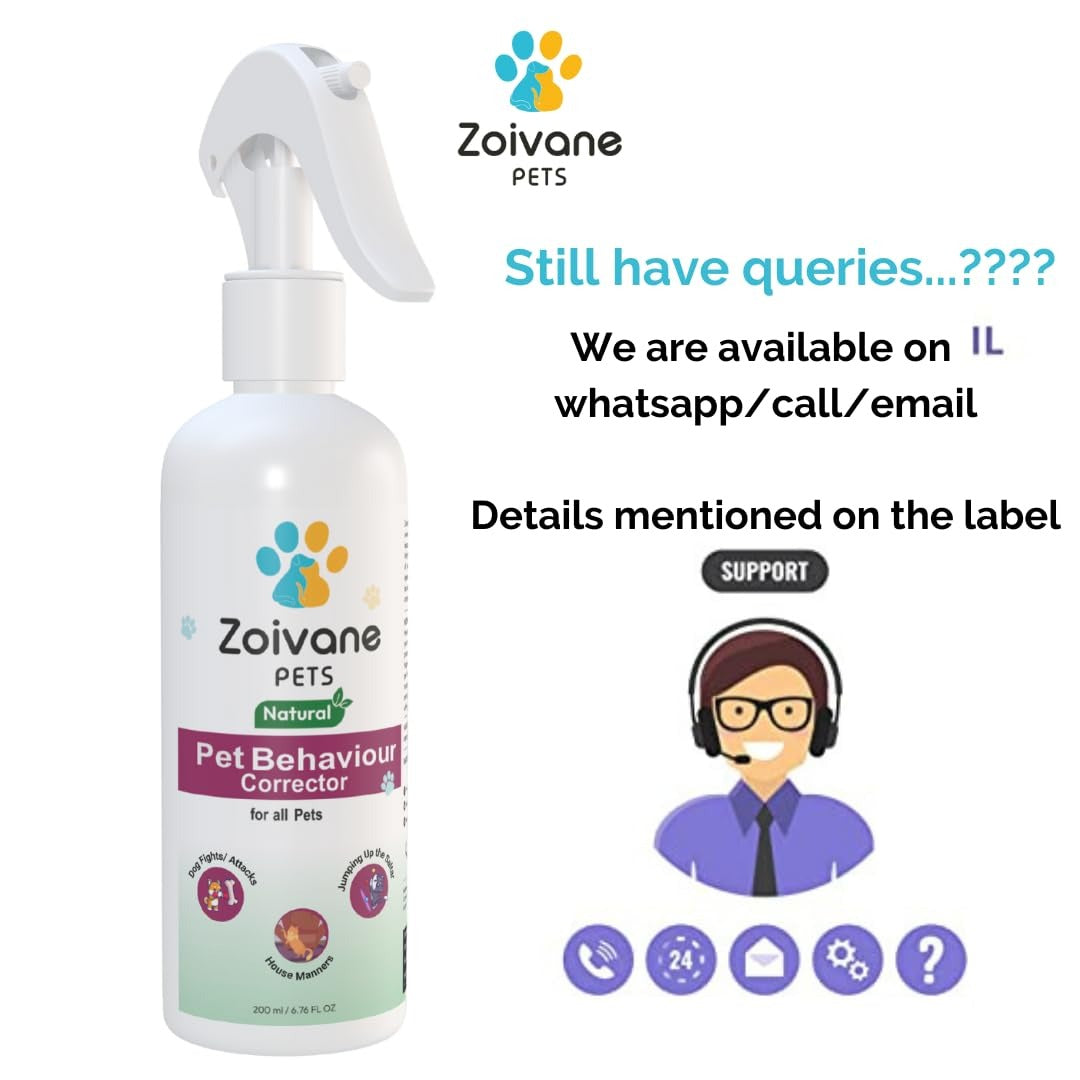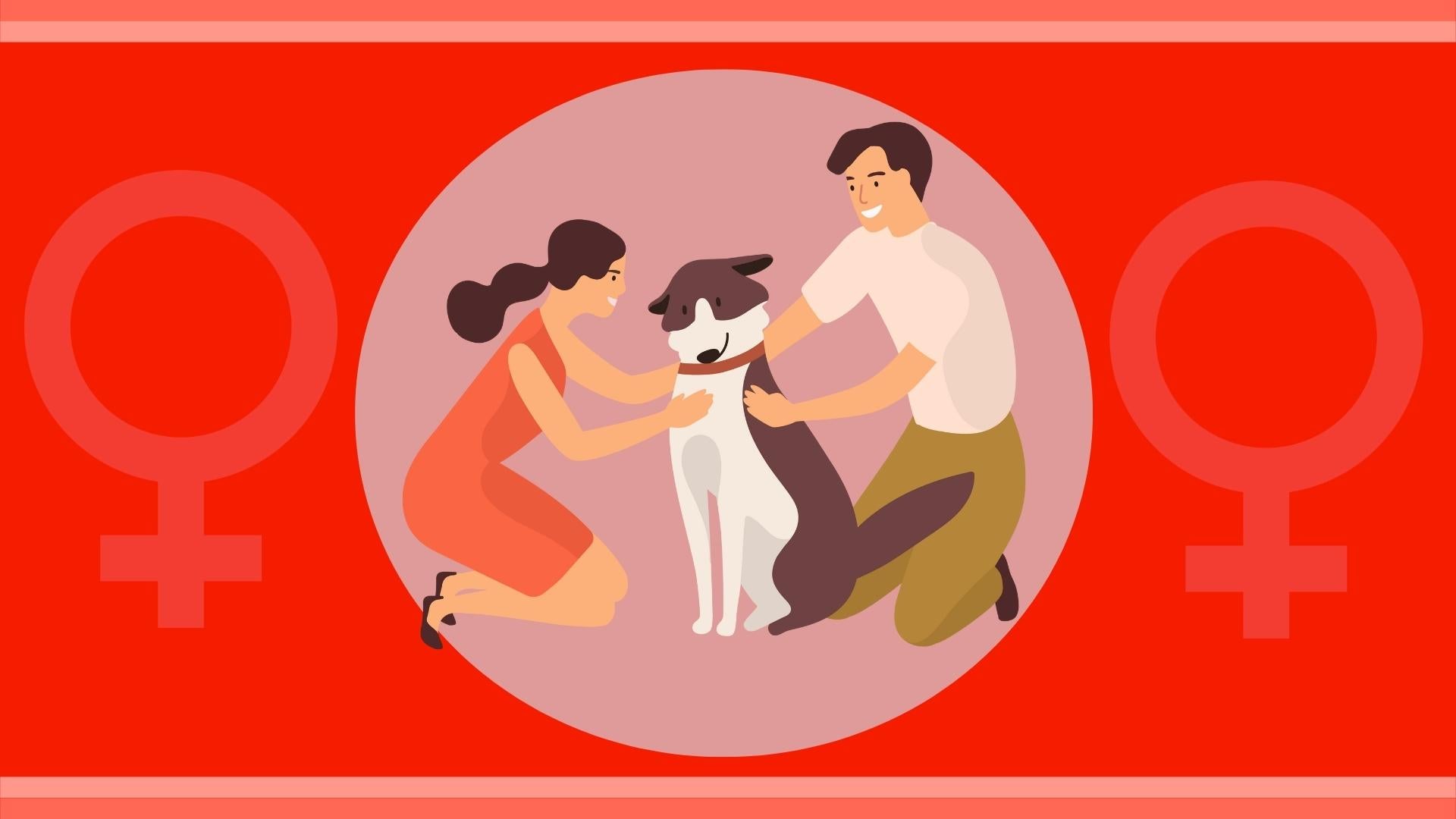
Signs your pet is Pregnant
Pregnancy is an exciting yet terrifying time for your pet. Since dog & cat gestation periods are much shorter than humans – about 60-70 days, it is important to observe those signs your pet may exhibit & consult your veterinarian as soon as possible. Although they aren’t always easy to detect, there are always behavioural, physical, temperamental & physiological signs your pet is pregnant and as her parent it’s vital to be on the lookout for them.
This blog encompasses some much-needed information on a dog / cat’s gestation period, traditional & technological methods to confirm pregnancy & 8 signs that you shouldn’t miss out on.

How Long Are Dogs & Cats Pregnant?
Both Cats & Dogs have similar Gestation Periods, ranging between 60-65 days or about two months. However, predicting the exact date & time of delivery is difficult. The length of the pregnancy can also vary with breed & litter size.
“Foetal growth in the early phase of the pregnancy is rapid, especially during the first month where the fertilized eggs travel to the uterine horn and embed themselves in the lining in about 15-18 days.” - Dr. Jerry Klein, Chief Veterinary Officer, American Kennel Club.
Ways to ascertain Pregnancy
Cats & dogs don’t have the option of picking up a pregnancy test from the local pharmacy, this means that you have to rely on traditional & technological methods to determine if your pet is pregnant. By the end of the first month, your veterinarian can detect a foetal heartbeat. During the second month, the embryos develop into recognizable puppies / kittens. At the end of the second month & the beginning of the third, your pet is ready to give birth.
Let’s take a look at some ways to ascertain pregnancy: -
Diagnostic Testing: By the end of the first month, your veterinarian can perform an abdominal palpation to ascertain pregnancy. At this stage the puppies / kittens feel like little balls inside the mother’s womb. However, these “balls” are fluid-filled sacks which are super sensitive. Abdominal Palpation should be attempted by or with the assistance of your vet as performing it improperly can damage the pups / kittens inside.
Ultrasound: Around the end of the first month, your vet can perform an ultrasound. This can detect foetal heartbeats; ascertain an estimated number of kittens / puppies your pet is carrying. Normally, their heartbeats are 2-3 times faster than their mother’s.
X-Rays: These are one of the most effective ways to ascertain if a mother is pregnant. However, performing an X-Ray will show best results at 55 days or more because a foetus’ skeletal systems don’t show up on an X-Ray till then. X-Rays also allow you to get an accurate count of the number of puppies / kittens.
Hormone Test: At about 25-30 days of getting pregnant, your veterinarian can perform a blood test of your pet to measure your pet’s hormone levels; in particular, the hormone – “Relaxin”. Relaxin is only produced during pregnancy, making the test relatively accurate.

Signs of Pet Pregnancy
Diagnostic testing methods aren’t the only methods available to know whether your pet is pregnant. In addition, the above-mentioned tests give accurate results only after a certain number of days have passed in the gestation period. There are other behavioural & physiological signs that your pet may start exhibiting, that if observed & analysed correctly, can tell you whether your pet is pregnant.
1. Decreased Activity & increased sleep patterns
If your pet starts showing signs of early exhaustion, or spends more time napping, it may indicate that she’s pregnant. Especially for energetic dogs, this decrease in energy levels should be taken seriously. It may be harder in cases of pets who aren’t as active or enjoy snoozing all day.
Pro tip: Try observing how quickly she tires during walks or physical activity.
2. Enlarged or Discoloured Nipples
In the early stages of her pregnancy, you’ll notice your pet’s nipples to grow in size. They may also become comparatively more rounded. You may also notice your pet’s nipples turn a darker / redder shade indicating an increase in blood flow. Breeders refer to the color change as a process known as “pinking up”. In the second month of gestation, her nipples may occasionally leak milk as well.
3. Change in Appetite & Vomiting
A pregnant pet can exhibit fluctuating appetite depending on your pet’s physiological condition & the stage of her pregnancy. In the early days of the pregnancy, she may eat less or vomit occasionally, which can be compared to humans’ “morning sickness”. Contrarily, she may eat more than usual in the later stages of her pregnancy. This fluctuation corresponds to your pet’s changing hormones.
Pro tip: It's important not to force feed her and ensure she has access to water and healthy food. However, if vomiting is frequent or not stopping after 24 hours, contact your veterinarian.
4. She Is Clingy or Distant
Gestation, labour & birth are painful experiences for your pet; depending on their nature & personality they respond differently to this two-month process. While some pets may seek comfort, others may become reclusive. Make sure to give her privacy & space if she wishes to be alone; or give her oodles of cuddles, affection & attention if she chooses to be around you more often than usual.
5. Restlessness
In the second half of her gestation period, especially a few days before labour, your pet may show signs of restlessness. This includes, pacing back & forth, acting fidgety, shivering, digging, panting, hovering near her nesting area & showing signs of general discomfort.
6. Enlarged abdomen & weight gain
As your pet’s litter grows inside her, her abdomen will expand in size & her weight will increase. This is one of the clearest indicators of her pregnancy. The swelling generally starts at about 5 weeks into gestation. When you see this sign, along with others, know that it’s time to take her to your veterinarian.
7. Temperature fluctuations
One major sign of pregnancy is fluctuations in your pet’s temperature. Especially when she’s about to go into labour, her rectal temperature will drop below 100 degrees Fahrenheit. Typically, dogs & cats range between 100 and 102.5 degrees Fahrenheit, but their body heat changes as they prepares for birth.
8. Nesting behavior
To prepare for the delivery of her litter your pet will seek out a quiet, comfortable, secluded corner to give birth. She may get territorial around that area if she’s uncomfortable with another animal or a member of the family. You may even see her digging or scratching at bedding or blankets. She may even carry her bed or blankets around the house, looking for her nesting spot.
“When a pet starts to nest, she's creating what veterinarians call a whelping box or area. This is typically a comfortable, warm space away from foot traffic, noise, and other pets. In short, it's simply where she feels the most comfortable giving birth.”
Pro tip: It is best to setup a comfortable nesting area / bedding / comfortable cushions 7-10 days before delivery to allow your pet to familiarize herself with it.
To summarize:-

Compared to humans, dog & cat gestation periods are relatively short – about 56-70 days or two months . As a result, acting quickly on signs of pregnancy is crucial to ensuring a comfortable, safe birth for your new puppies. After a proper examination, your local veterinarian can provide you with all of the instruction you need to properly care for your pregnant pet.
You can connect with Zoivane Pets on our Website, Instagram, Linkedin, Facebook & YouTube. For suggestions and writeups mail us at wecare.zoivane@gmail.com or Whatsapp us on +91-9727054006

















2 من التعليقات
According to PetCareRx, Pregnant dogs can benefit from attention, moderate playtime, and frequent brief walks. The pregnant dog shouldn’t be overstimulated, but you also shouldn’t let her get lazy. It’s crucial that the pregnant dog be kept apart from other dogs and animals during the final three weeks of pregnancy.
monica
Thank you for pointing out how an animal will start showing signs of restlessness, like pacing back and forth, digging, or panting before her labor. This is worrisome because I haven’t scheduled my cat for an ultrasound just yet! I’ve been busy with work. I’ll look for a vet ASAP. https://www.keebovet.com/collections/dog-pet-ultrasounds
Elaina D'Agostino
اترك تعليقًا
This site is protected by hCaptcha and the hCaptcha Privacy Policy and Terms of Service apply.